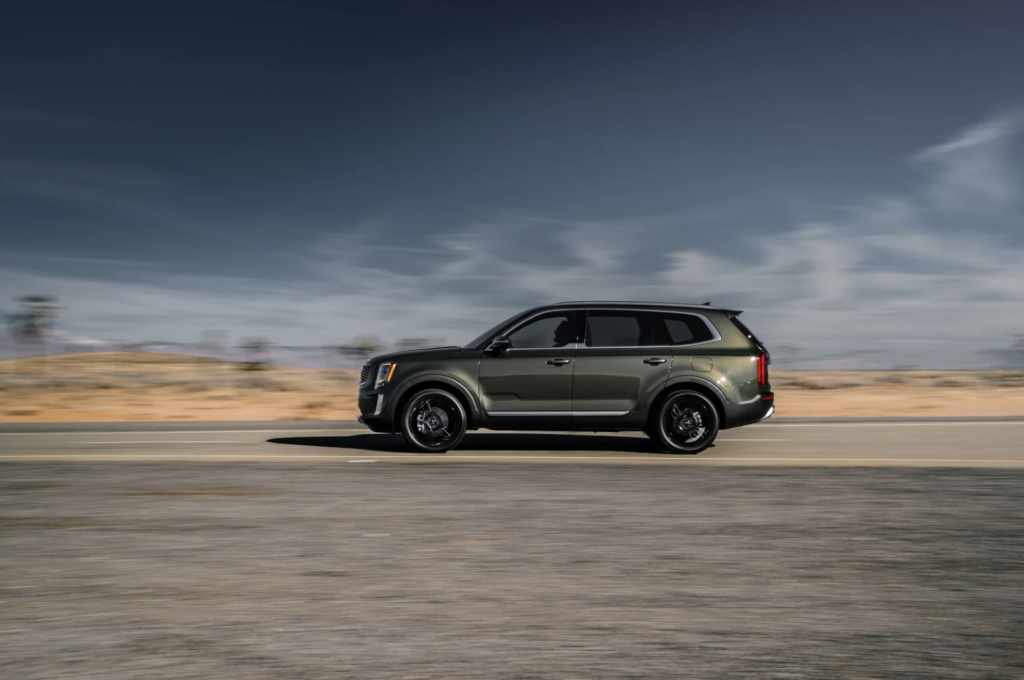Crossovers and SUVs are extremely popular in the US due to their versatility: cars of this class are optimal for operation in suburban conditions and daily commutes around Indianapolis and other USA big cities. Good road lighting, all-wheel drive, modern equipment for safety and comfort, and great capacity (5-8 seats) – not a complete list of the advantages of modern SUVs.
However, choosing a good crossover can become a tricky task even for experienced car owners because, like SUVs, they have specific control features and technical characteristics. Whether you’ve ridden a compact sedan or spacious station wagon for years, switching to a bigger vehicle will take some time to get used to.
Maximum speed, capacity, and price are far from all selection criteria. The Indy Auto Man IN experts has prepared a series of tips to help motorists decide on a suitable SUV and get real pleasure from its operation.
A Glance into History
The term Sports Utility Vehicle first appeared in the everyday life of manufacturers and automotive experts in 1987. The Chrysler employees used it for the legendary Jeep SUV. In the early 2000s, this category included the so-called crossover family of cross-country vehicles, which occupied an intermediate position between a classic SUV and a passenger car in terms of technical parameters.
Classes and Characteristics
All models presented in the catalogs of various SUV and crossover brands can be divided into three groups:
- Compact crossovers/SUVs. This is the best choice for a city like Indianapolis because the car’s capabilities make it easy to change the amount of cargo space. Unlike classic SUVs, such a car is distinguished by its fuel-efficient engine, inexpensive operation, and compact overall dimensions. From a sedan, such vehicles differ in the presence of all-wheel drive, higher clearance, and good cross-country ability.
- Medium SUVs. Vehicles from this category usually have an optimal ratio of quality and price. Their main advantage is versatility because such a vehicle provides a high level of comfort and smooth handling while pleasing with fuel efficiency.
- Full-size SUVs have enough space to accommodate 7-8 people. Excellent dynamic performance, well-thought cabin ergonomics, the ability to overcome serious obstacles, and a wide price range are the main advantages of models from this category. The only drawback is impressive fuel consumption.
Drivetrains
The initial price of an SUV, its practicality, maintenance, and service costs largely depend on its drivetrain.
- Front-wheel-drive. The easiest to use and cheapest type of vehicle. Since the drive to the front wheels is carried out directly from the transmission, it brings significant fuel savings due to the minimum losses for rotation and torque transmission. Such a car has a lower mass than AWD and RWD, and, as a result, can boast increased acceleration dynamics with the same power plants. The transmission is also quite simple. The cost of its unforeseen repairs will be cheaper. It has fewer parts in the drive, transmission system, and onboard electronics.
- Rear-wheel-drive. The transmission is almost identical to the first case. But fuel consumption will be a little higher. It is better to buy such cars for the city, where the weather is mostly warm and dry. High clearance will only help to park at the curb and drive through small obstacles.
- 4-wheel-drive. The last type of drive is full. There is a permanent and plug-in AWD. The patency of such SUVs is much higher than that of the two above. The engines of such vehicles are more powerful, and the standard set of options is richer. Accordingly, initially, the price of an AWD SUV will be higher, fuel consumption also rises, and the cost of maintenance increases.
Quick Tips for Choosing an SUV
- Set the optimal purchase budget and take into account not only the price of the vehicle but also the cost of its further maintenance (fuel consumption, maintenance, and repair costs).
- Decide on the make and model. Find out more about the different brands, visit showrooms and used car dealerships to choose the model that will suit your needs.
- One of the main selection criteria for an SUV or crossover is ground clearance. It should be about 1-2 inches higher than the obstacles on the road. The car may sway and cling to protruding objects under the bottom of the ground clearance is insufficient.
- Be sure to consider such an important parameter as the power to weight ratio. The higher this indicator, the better dynamic properties the car will show. In particular, this applies to acceleration time, maximum speed, and fuel consumption.
- If you plan to use a vehicle for regular trips on loose sand, fresh snow, and rough terrain, it is better to refuse options with small wheel widths.
- A classic crossover is often a family car, so it should have a roomy trunk and a spacious interior.
- Consider different drivetrains. For example, a plug-in all-wheel drive will be an excellent solution for a city. It can be used only if necessary, which will help reduce fuel consumption and make the vehicle operation more economical.
When choosing a brand and model, consider your personal preferences: design, seating comfort, and a set of options for control and safety. The car should be a pleasure, not just a means of transport. Never buy a crossover without a test drive to evaluate it in real conditions. This option is free whether you buy a new or used vehicle.

